In the cloud, everyone is looking to saveSolving enterprise IT’s #1 cloud challenge

Did you know that enterprises were paying exorbitant sums of money for cloud services?
According to the RightScale 2019 State of the Cloud report from Flexera, almost 50% of public cloud users say they spend more than $1.2 million on products like AWS per annum. So it’s no surprise that 84% of enterprises single out spend management as their #1 cloud challenge.
Indeed, as businesses move from monoliths to microservices (as well as from Waterfall to Agile), cloud adoption is experiencing exponential growth. Gartner predicts the world market for public cloud services to grow 17.5% by the end of 2019. As more IT infrastructures move to the cloud, companies are looking to optimize costs.
With the following article, we try to explore different cloud spend optimization tactics one can use to cut down on costs.
Going multi-cloud
Research indicates that enterprises increasingly go multi-cloud these days. They tend to purchase cloud services from a mix of vendors, AWS + Azure being a popular combination. This helps balance out the costs by getting the best deal from each vendor, as opposed to buying an all-in-one package from a single provider.
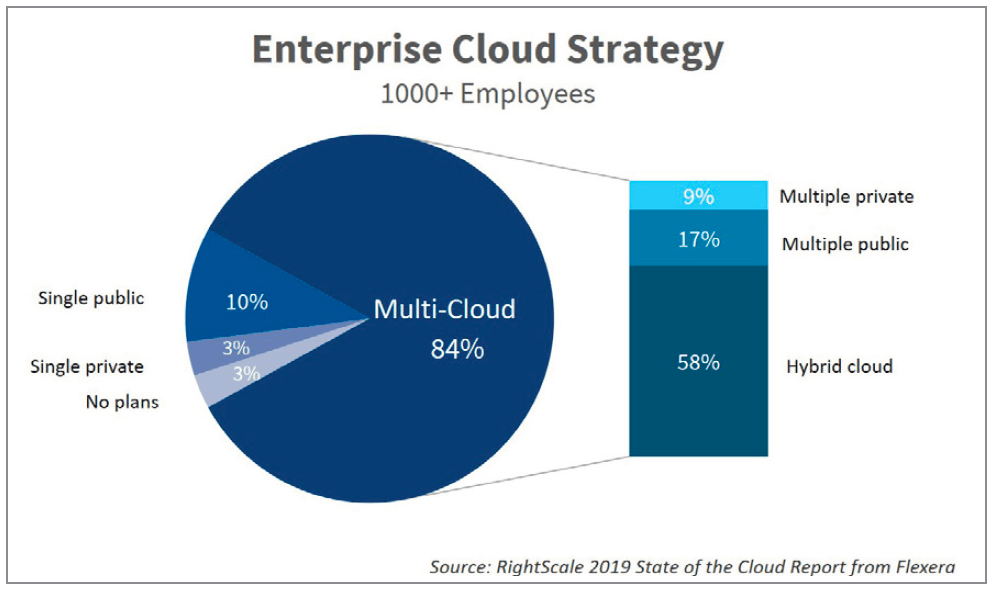
At the same time, vendor lock-in is a growing concern. As venture into the cloud continues with companies entrusting ever bigger parts of their systems to providers like AWS, this may eventually lead to compatibility issues. Amazon, however, dismissed the concern, calling it a myth.
Going hybrid
A hybrid infrastructure is composed of some public and some private cloud servers. These days, many companies take the “hybrid” route for cost-efficiency and/or security reasons. As per the aforementioned survey by Flexera, the number of enterprises with a hybrid strategy grew from 51% last year to 58% in 2019. Companies reportedly run their applications across a mix of 3.4 public and private clouds on average.
Going hybrid gives companies yet another opportunity to optimize costs by pursuing the best deal in each concrete case.
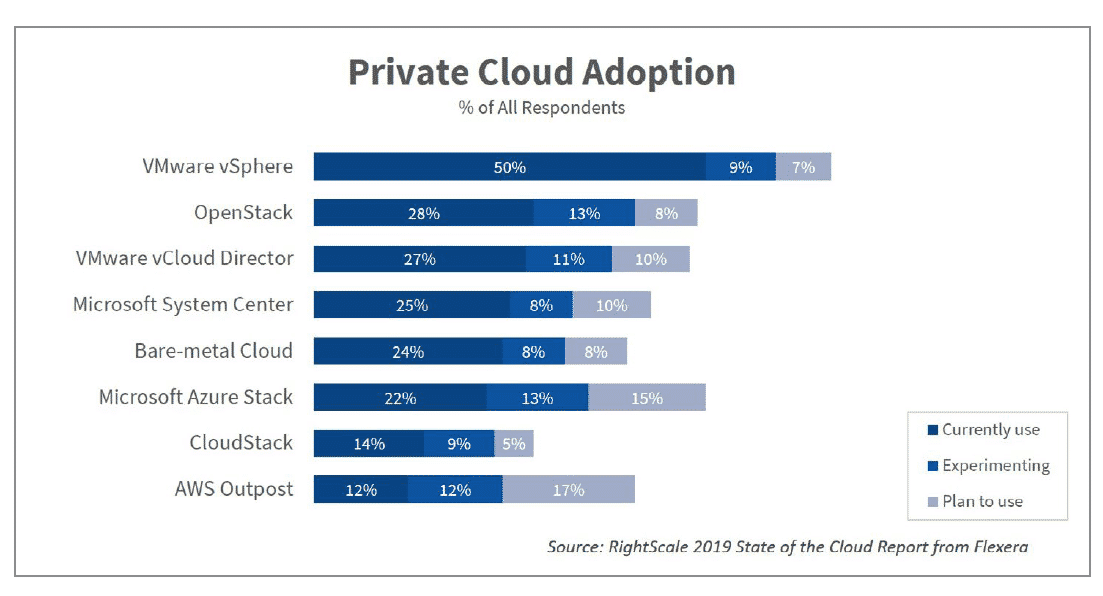
Automated policies
Flexera research found out that, despite the high cloud costs, only a small fraction of companies use automated policies to optimize cloud spend, such as shutting down unused workloads or rightsizing instances. So there is room for improvement in this respect, considering that manual policies are difficult to monitor and enforce; e.g. you may choose to get an automatic email when your resources are underutilized for a set period of time, or when you’re approaching a growth limit and need to switch to a larger package. There are cloud spend management solutions like VMware’s CloudHealth that can help you do that.
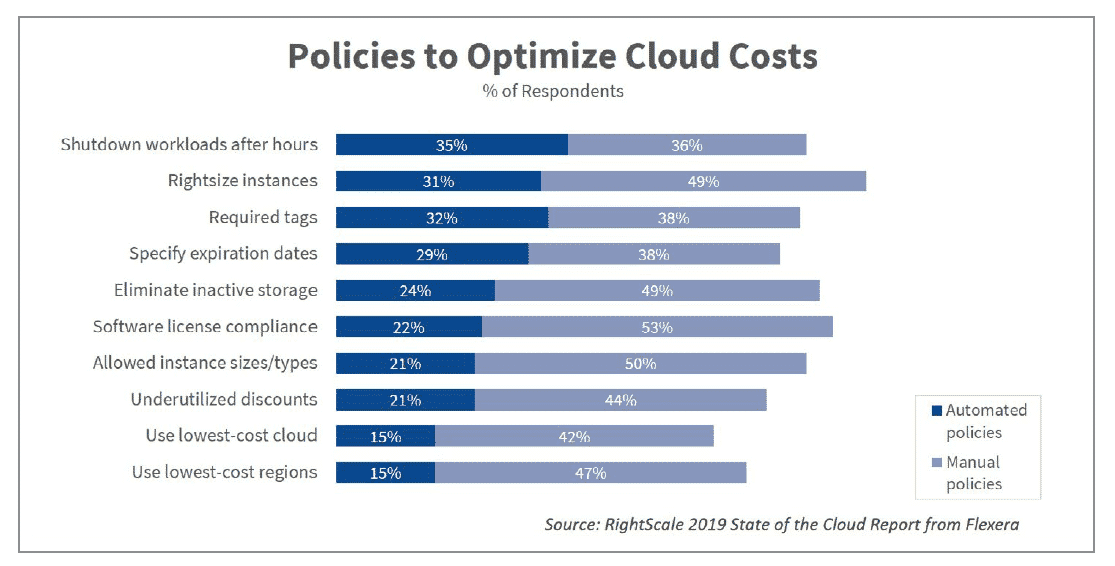
Using discounts
Although an overwhelming majority of companies are in the cloud these days, fewer than 50% are taking advantage of cloud vendors’ discounts. For instance, no more than 47% of AWS users take the opportunity to save with Reserved Instances, and only 23% of Microsoft Azure clients do so.
While you have to meet certain criteria to become eligible for those deals, it’s still worth exploring your options.
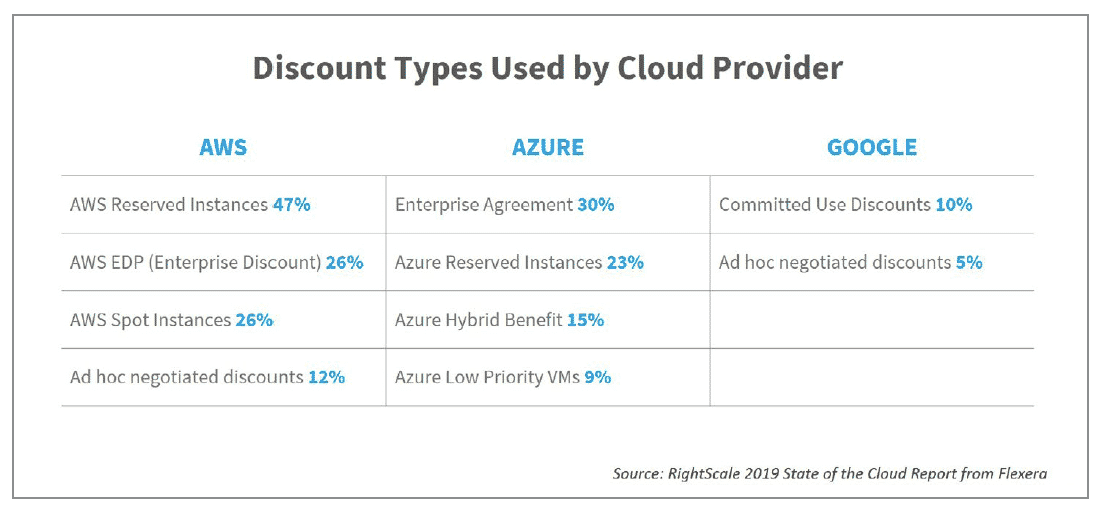
Examine storage costs
When it comes to data storage, a company may be hosting old or duplicate data on its servers. It helps to do an inventory of your data from time to time to identify any assets that are no longer needed or are copies of existing records.
(Record linkage – or data deduplication – is a task that’s barely feasible for a human to do manually. That’s where machine learning can help. Here at ObjectStyle, we can train the algorithm to recognize patterns in your dataset and to link your duplicate records. If that’s what you need, don’t hesitate to get in touch with us!)
In conclusion
Managing and minimizing cloud spend is enterprise IT’s top priority. To drive down costs, your infrastructure Ops can look into multi-vendor and hybrid-cloud architectures, implement automated policies, explore available discounts on cloud services, and examine storage costs. Then perhaps you’ll spend significantly less than $1.2 million a year on cloud services.
Related Blogs
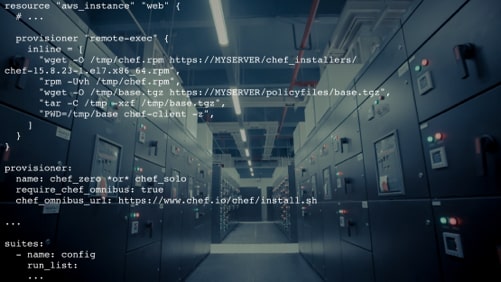
Infrastructure as Code is a DevOps practice taking IT industry by storm. Do you know what it is?
LEARN MORE